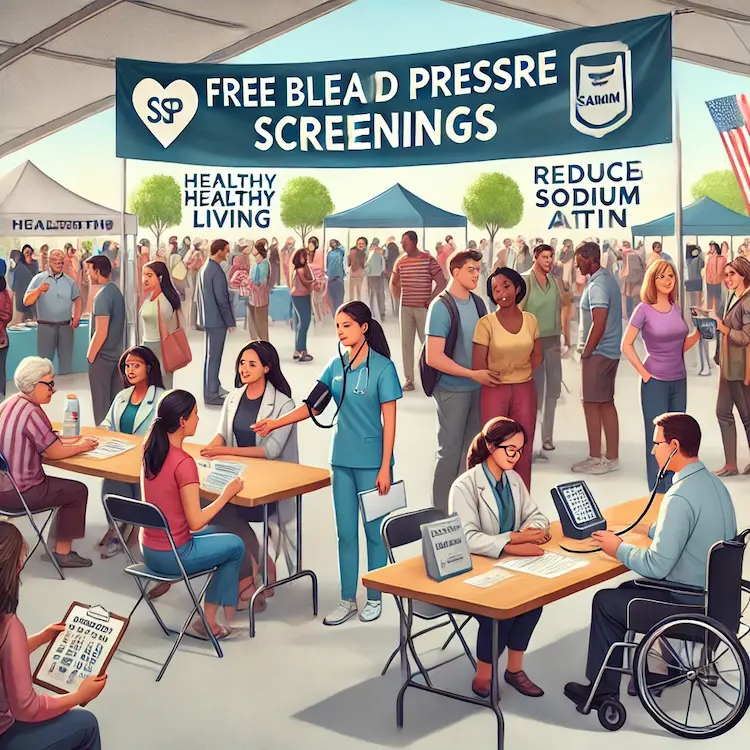Blood pressure control is a critical public health priority, with hypertension contributing significantly to heart disease, stroke, and other health complications worldwide. Governments play an instrumental role in managing this silent killer through policy-making, healthcare infrastructure, public awareness campaigns, and funding for research. This article delves into the role of government in controlling blood pressure, exploring various approaches, challenges, and impacts.
Hypertension affects over 1.28 billion adults worldwide, with fewer than 42% of those diagnosed receiving adequate treatment. Uncontrolled blood pressure leads to severe complications, including cardiovascular diseases, kidney failure, and premature death.
High blood pressure contributes to increased healthcare costs and loss of productivity. Governments must intervene to mitigate these impacts and improve public health outcomes.

Governments establish policies to promote healthier lifestyles and control hypertension at a population level.
Excess sodium intake is a leading cause of hypertension. Governments worldwide implement strategies such as:
Introducing taxes on high-sodium or processed foods discourages unhealthy consumption patterns. For instance, Mexico’s sugar tax, though focused on obesity, provides a model for reducing sodium-related risks.
Raising awareness about hypertension and its management is a vital government responsibility.
Governments collaborate with schools, workplaces, and community organizations to educate the public on:
Mass media campaigns using TV, radio, and social media platforms effectively disseminate messages about healthy lifestyle choices.
Investing in healthcare systems ensures that citizens have access to the tools and professionals needed to control blood pressure.
Governments facilitate free or subsidized blood pressure screenings through:
Providing subsidies or free antihypertensive drugs ensures treatment accessibility for low-income populations.
Governments enhance healthcare quality by training professionals in the latest hypertension management protocols.
| Method | Benefits | Challenges |
|---|---|---|
| Sodium Reduction Policies | Reduces population-level risk | Resistance from the food industry |
| Public Awareness Campaigns | Increases knowledge and self-care | Requires sustained funding |
| Free Health Screenings | Early detection of hypertension | Logistical and financial barriers |
| Subsidized Medications | Improves adherence to treatment | High cost for governments |
The government’s role in blood pressure control extends beyond healthcare systems to include legislative action, education, and community outreach. Effective interventions reduce the prevalence of hypertension, improve quality of life, and decrease the economic burden on society. By prioritizing comprehensive policies and fostering collaborations, governments can significantly impact public health.